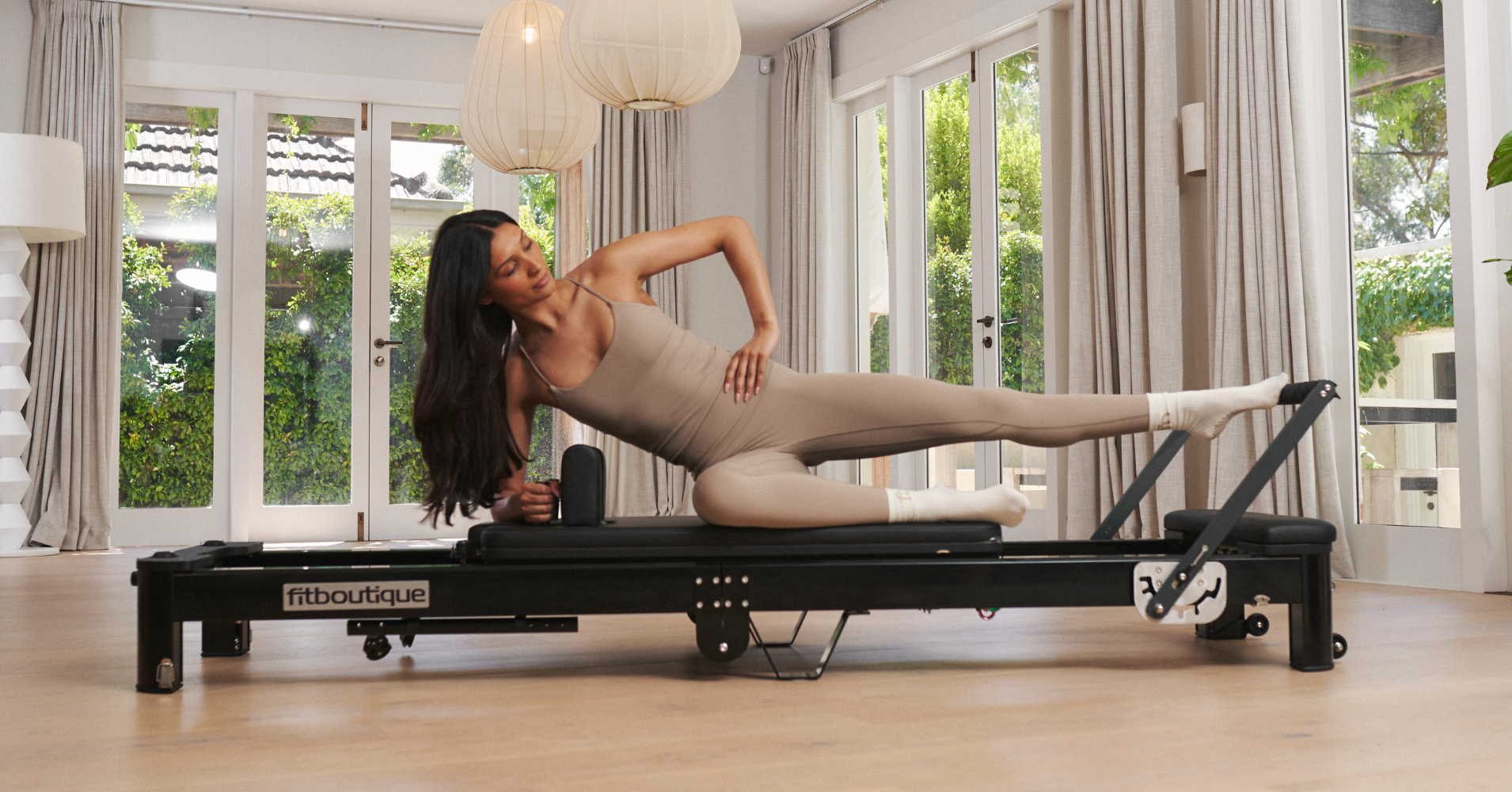
Is Reformer Pilates Or Yoga Better?
Struggling to decide between reformer Pilates or yoga?
I get it—choosing the right exercise routine can feel tricky, especially when you're after something gentle but effective. Pilates and yoga both get heaps of attention, and for good reason. But what actually sets them apart, and which one will work best for you?
What are you really looking for?
The main question you need to ask yourself is simple: am I after strength or flexibility? Pilates, particularly reformer Pilates, has completely changed how I approach fitness. For me, the best thing about Pilates is that it's an amazing full-body workout. It strengthens your core, boosts your posture, and tones your muscles without the bulky feel of traditional weights. Reformer Pilates machines, like the onyx fold reformer, offer adjustable resistance to make your workout as intense or gentle as you want.
Yoga, on the other hand, is great if you’re chasing flexibility and mindfulness. It gently improves your flexibility, balances your mood, and reduces stress. Yoga tends to focus more on mental relaxation through breathing exercises and meditation, which Pilates incorporates less prominently. If you're interested in starting yoga at home, I'd recommend grabbing something simple like a yoga starter kit to ease into it.
Strength and posture are my top priorities
If you’re like me and spend most days hunched over a laptop, Pilates might be your saviour. I've found that Pilates not only helps correct poor posture, but it also builds strength in all the right places. It’s not just my opinion either — this article explains how Pilates specifically targets your core, enhancing both your strength and stability.
When you use equipment like a reformer, every movement is intentional. That’s why reformer Pilates is amazing for rehabilitation and injury prevention. In fact, there’s an entire community sharing stories about how Pilates has helped them recover from injuries faster and more effectively. I found that Pilates allowed me to pinpoint exactly which muscles to activate during exercises, something that transferred brilliantly into my everyday life.
But what about flexibility and relaxation?
Yoga wins when it comes to flexibility. If your main goal is to increase your flexibility or relieve stress, yoga might be more your speed. When I was practising yoga regularly, I noticed immediate improvements in flexibility and a significant reduction in daily stress. Yoga poses often require holding positions longer, gently stretching your muscles and releasing tension.
This isn't to say Pilates doesn't enhance flexibility—it absolutely does—but yoga prioritises flexibility and relaxation above strength training. Here’s a good read that compares yoga and Pilates in more detail.
Why not both?
If you're still stuck deciding between the two, consider integrating both into your routine. Pilates provides the strength, balance, and conditioning your body needs, while yoga adds flexibility and mindfulness. Combining both can give you balanced results and make workouts feel fresh.
I found that practising Pilates actually improved my yoga sessions. After consistently using a reformer, my core strength improved significantly, making advanced yoga poses easier and safer to hold. Likewise, the flexibility I gained from yoga helped me dive deeper into my Pilates routine. It’s a complementary relationship.
What the community says
I’ve noticed a similar sentiment echoed by others online. Pilates tends to offer quicker visible results in muscle tone, especially if you're using a reformer regularly. Yoga enthusiasts often mention how they feel calmer and more connected to their bodies. Many who practice both share the experience of Pilates enhancing their yoga sessions and vice versa, creating an ideal exercise balance.
This synergy between yoga and Pilates isn’t surprising—both offer incredible benefits and uniquely complement each other.
Ready to try reformer Pilates?
If you're leaning towards Pilates and curious about trying a reformer machine at home, you might find my guide to why reformer Pilates is more than just a trend helpful. It explains in depth how reformer Pilates can dramatically change your fitness routine.
For specific advice or questions, feel free to reach out on my contact page. I love helping others start their Pilates journey, just like I did.
Final thoughts
If you want strength and posture improvement, reformer Pilates will serve you well. If flexibility and relaxation are your priorities, yoga is probably more your style. Or, better yet, incorporate both to enjoy the unique advantages they each offer.
Either way, you're making a great choice for your health and wellbeing.
Reformer Pilates Range
Frequently Asked Questions
How much space do I need for a reformer bed?
Space Requirements for Your Reformer
A FitBoutique reformer requires approximately 245cm x 68cm (2.45m x 0.65m) of floor space. Here's what this means for your space planning:
For Home Users
Length: 245cm (8.04 feet)
Width: 68cm (2.13 feet)
Recommended clearance: Add at least 30cm on each side and end for comfortable access
Total recommended space: 305cm x 125cm (3.05m x 1.25m)
For the Onyx Fold model specifically:
Same footprint when in use (245cm x 65cm)
When folded: Takes up significantly less floor space in vertical storage
Ceiling height consideration: Ensure adequate height for vertical storage
What's the difference between commercial and home reformers?
While both offer similar exercise capabilities, commercial reformers typically feature heavier-duty construction, enhanced weight capacity, and more extensive warranty coverage. However, premium home models like the Onyx series bridge this gap with commercial-grade components.
How often should I maintain my reformer?
Regular maintenance includes weekly cleaning, monthly hardware checks, and quarterly deep cleaning of tracks and wheels. Premium reformers come with detailed maintenance guides to ensure optimal performance and longevity.













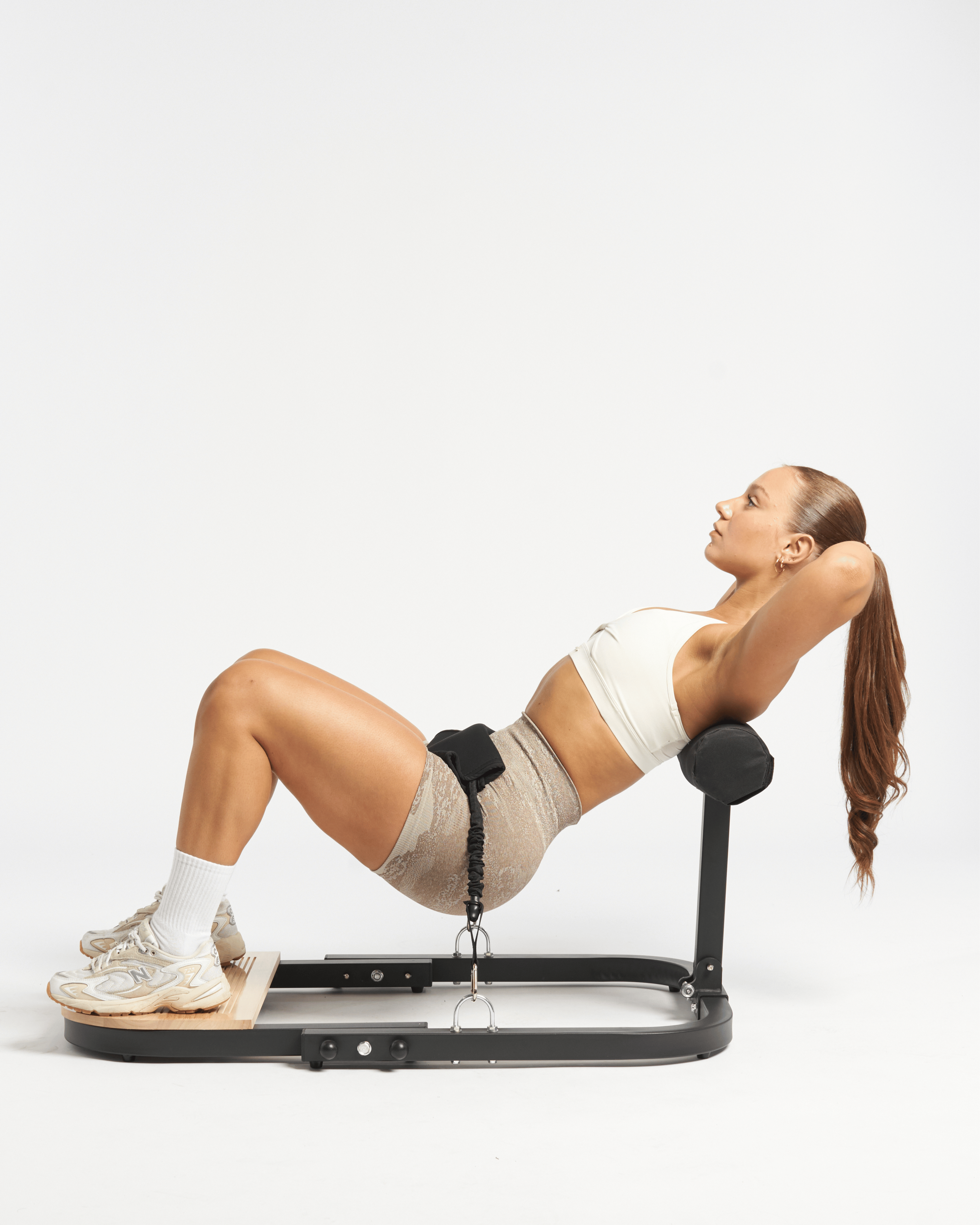
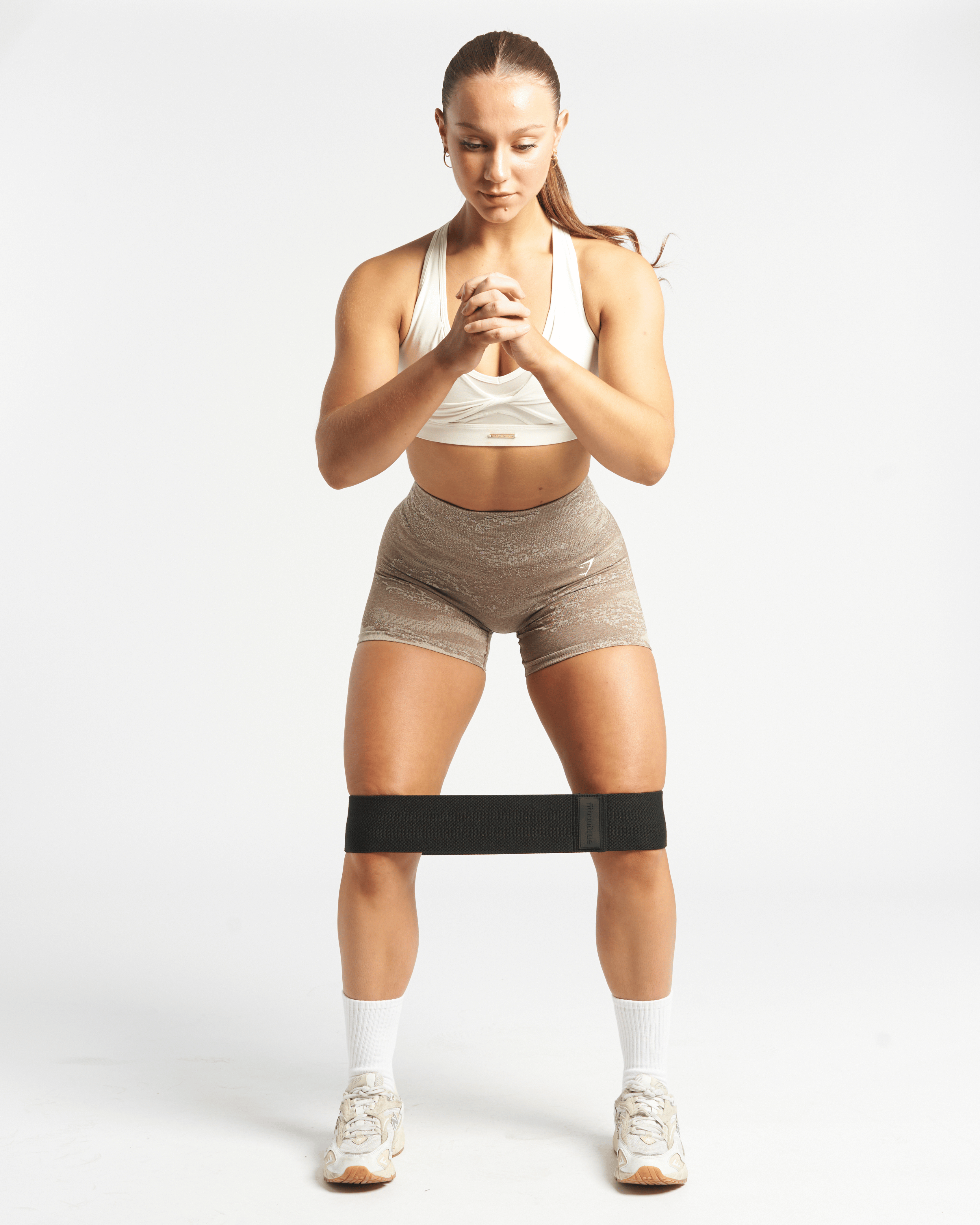
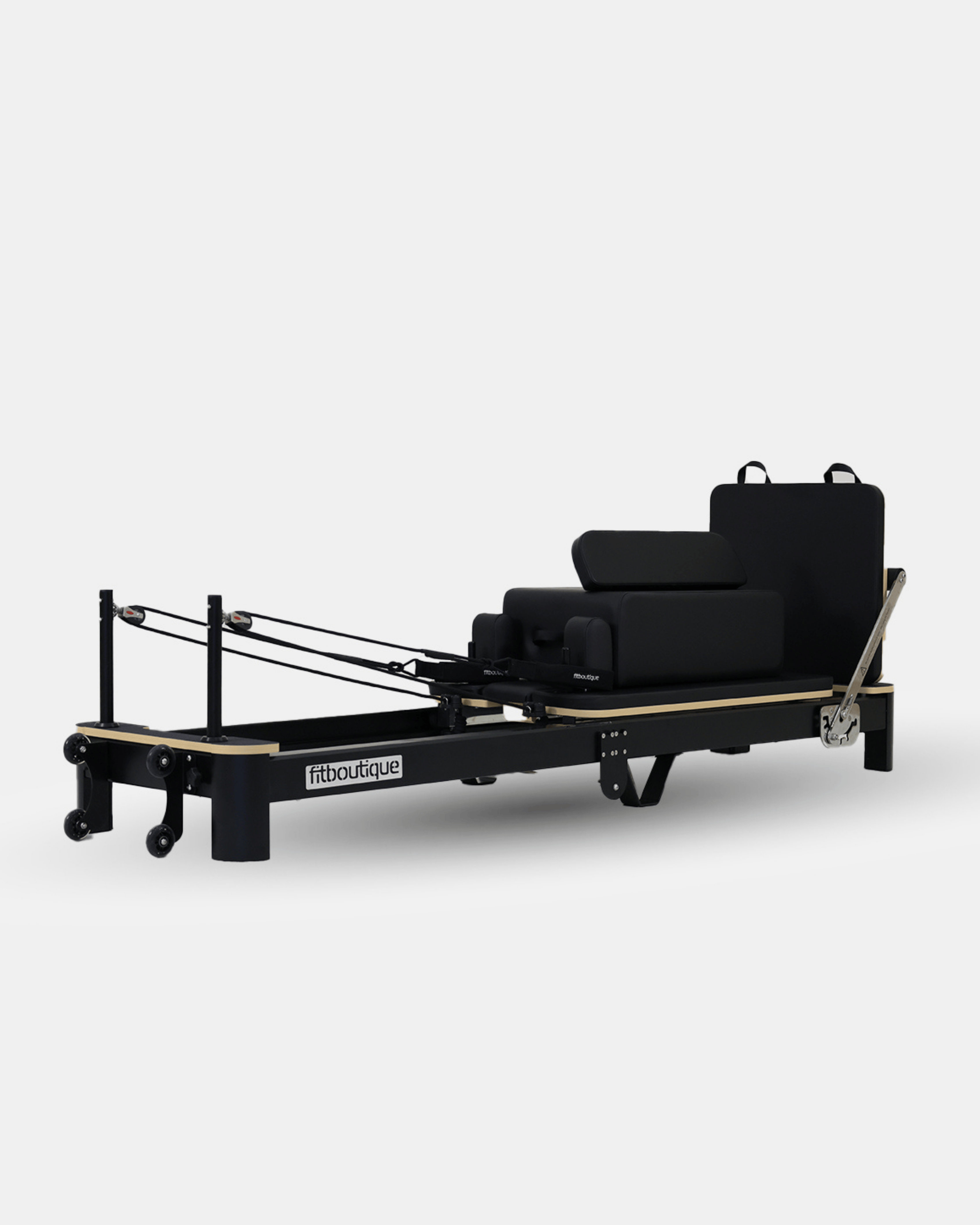
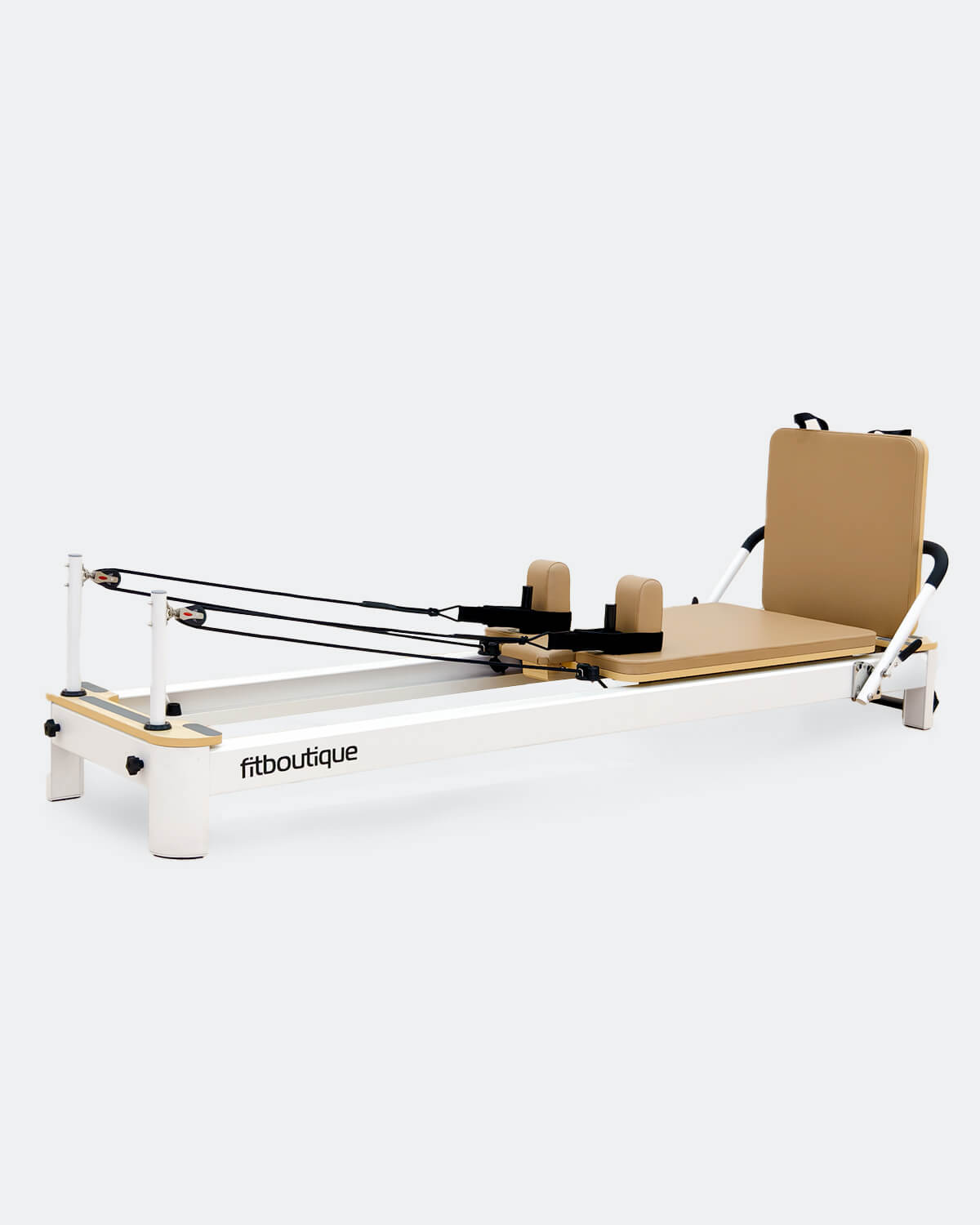
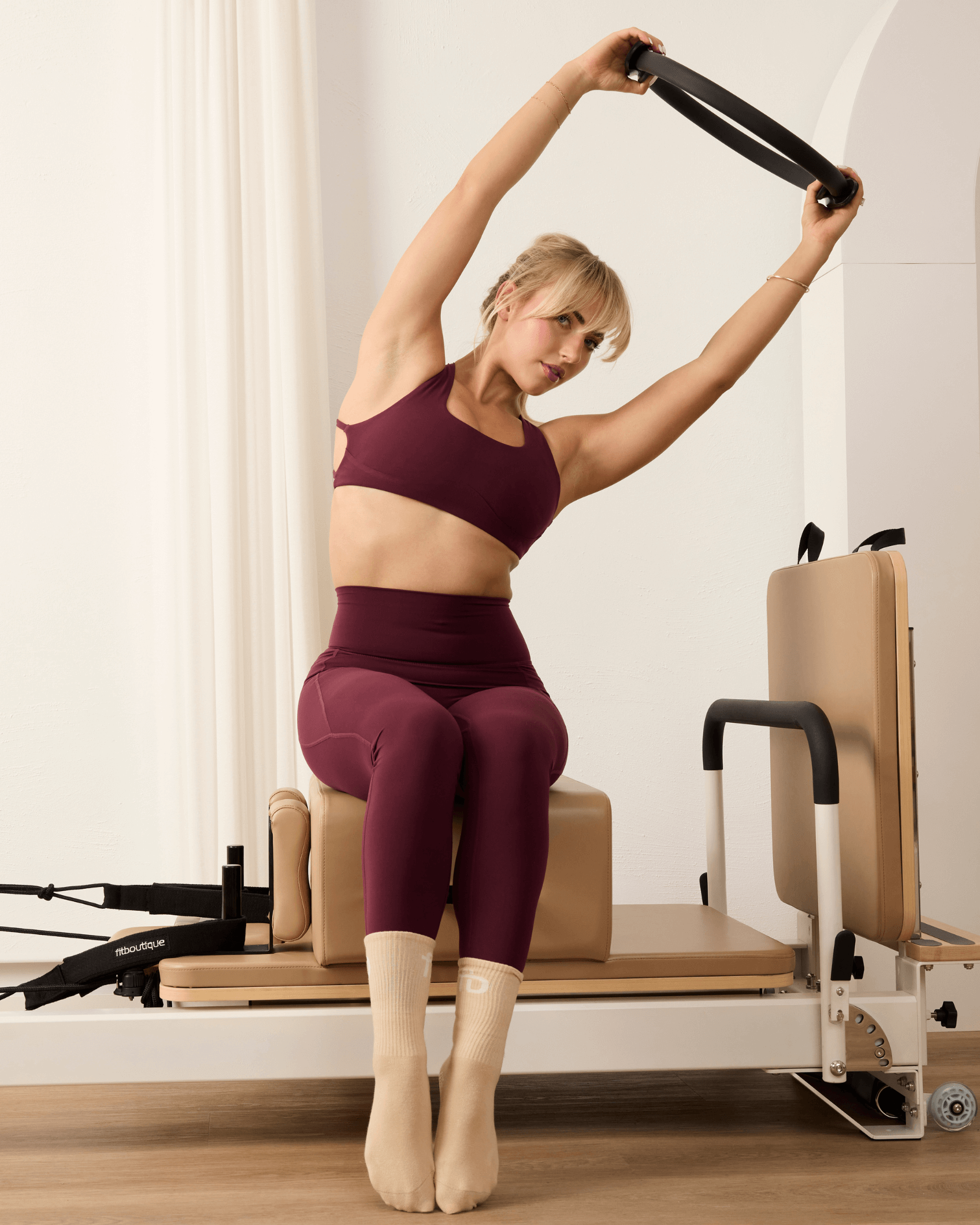
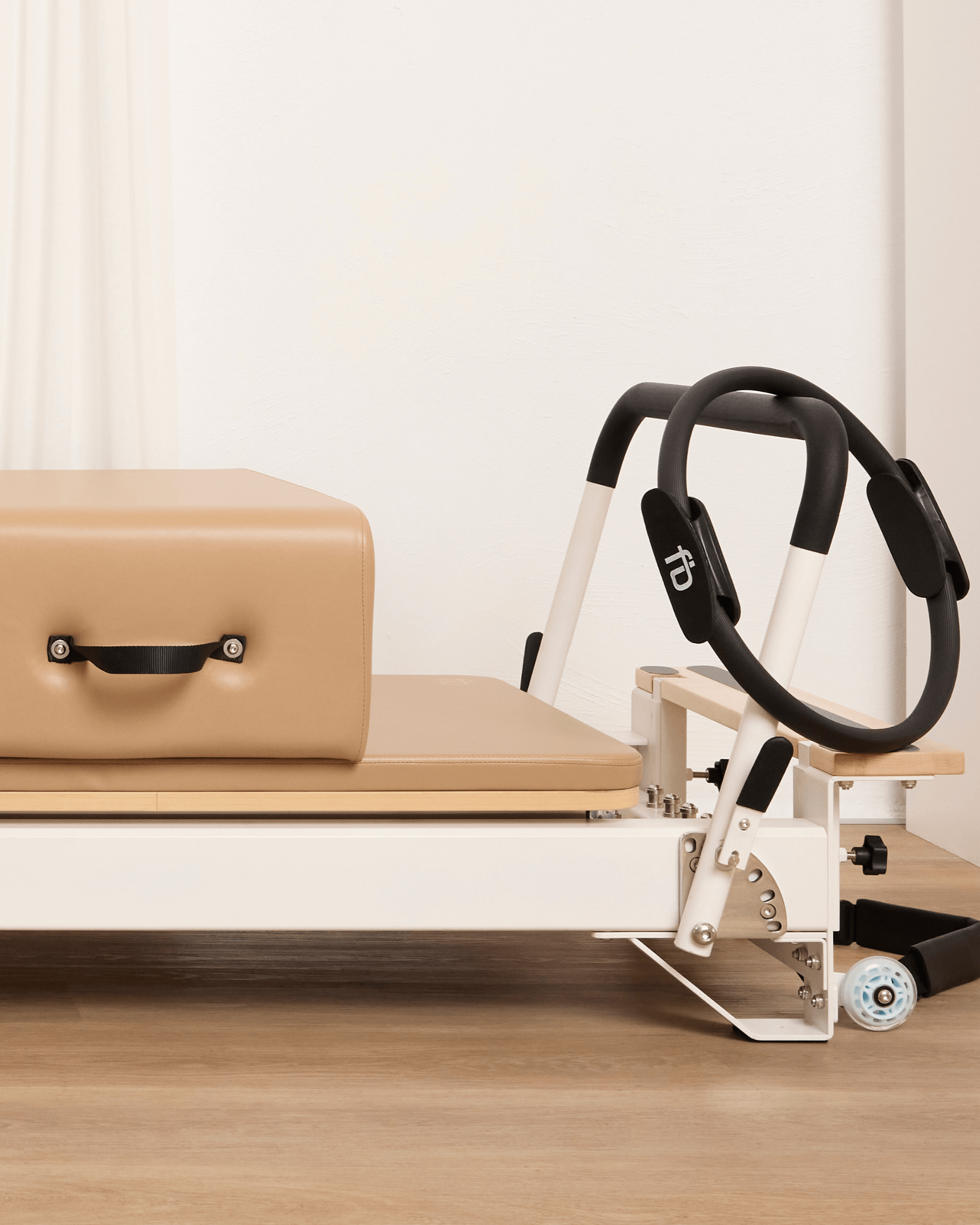
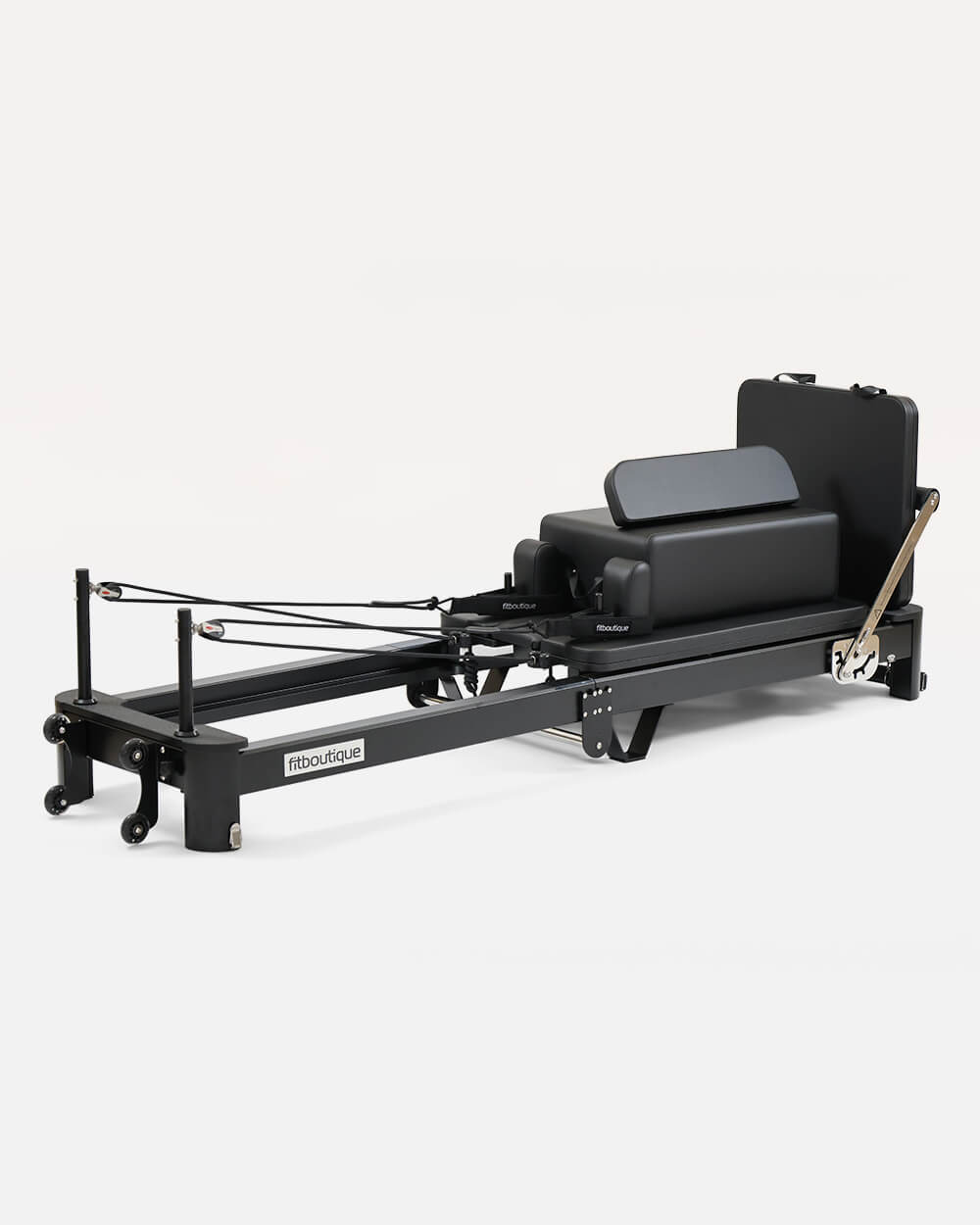

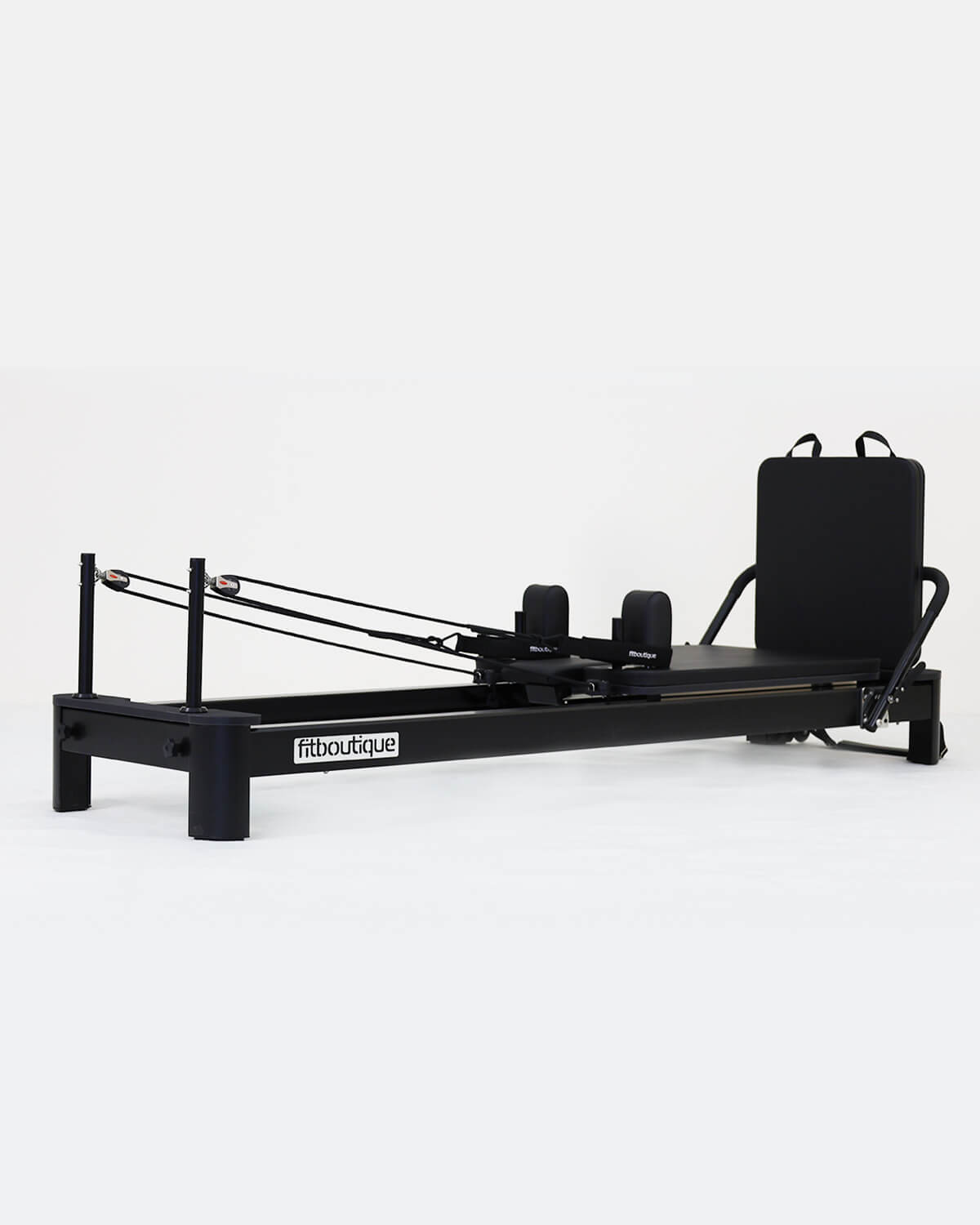
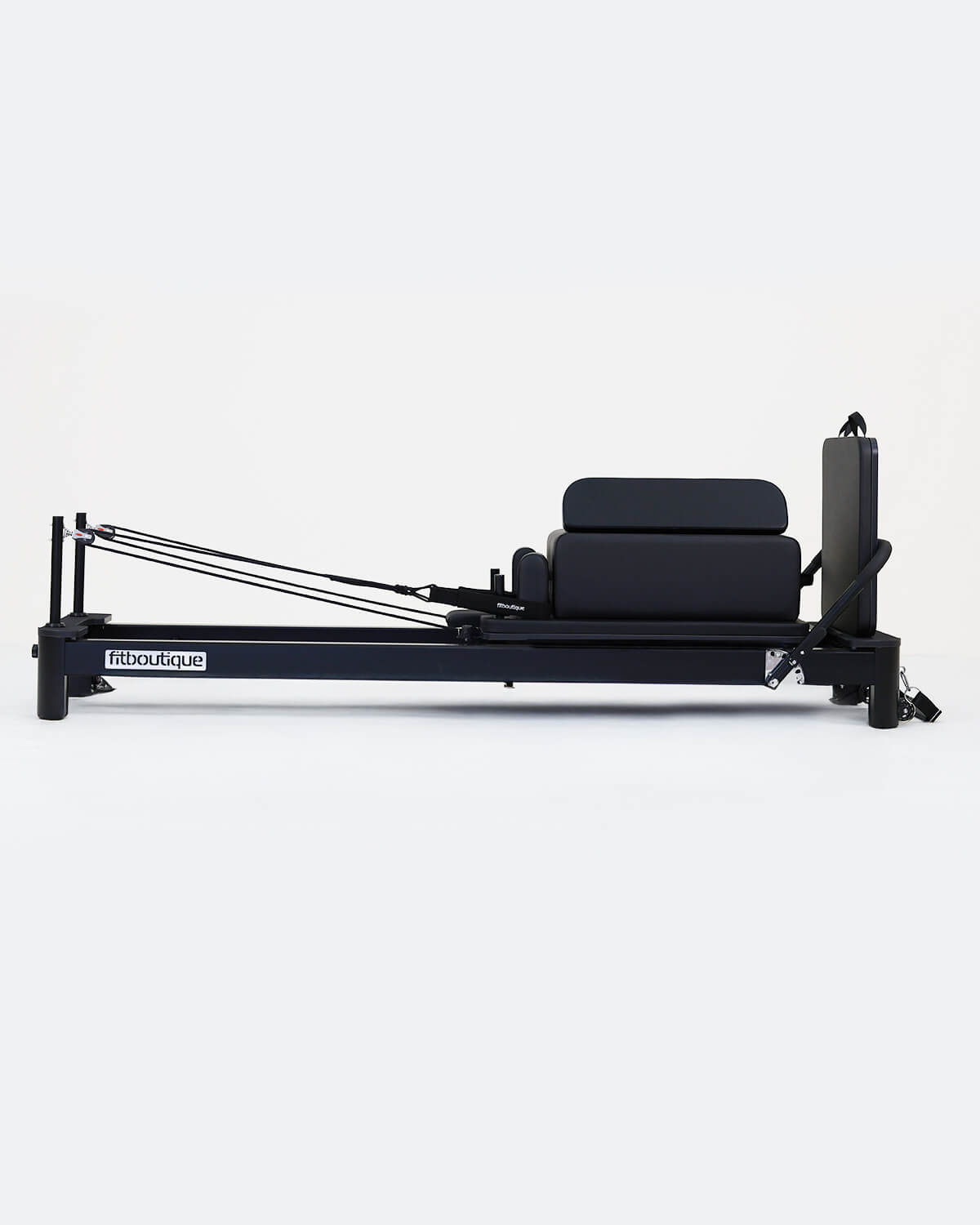
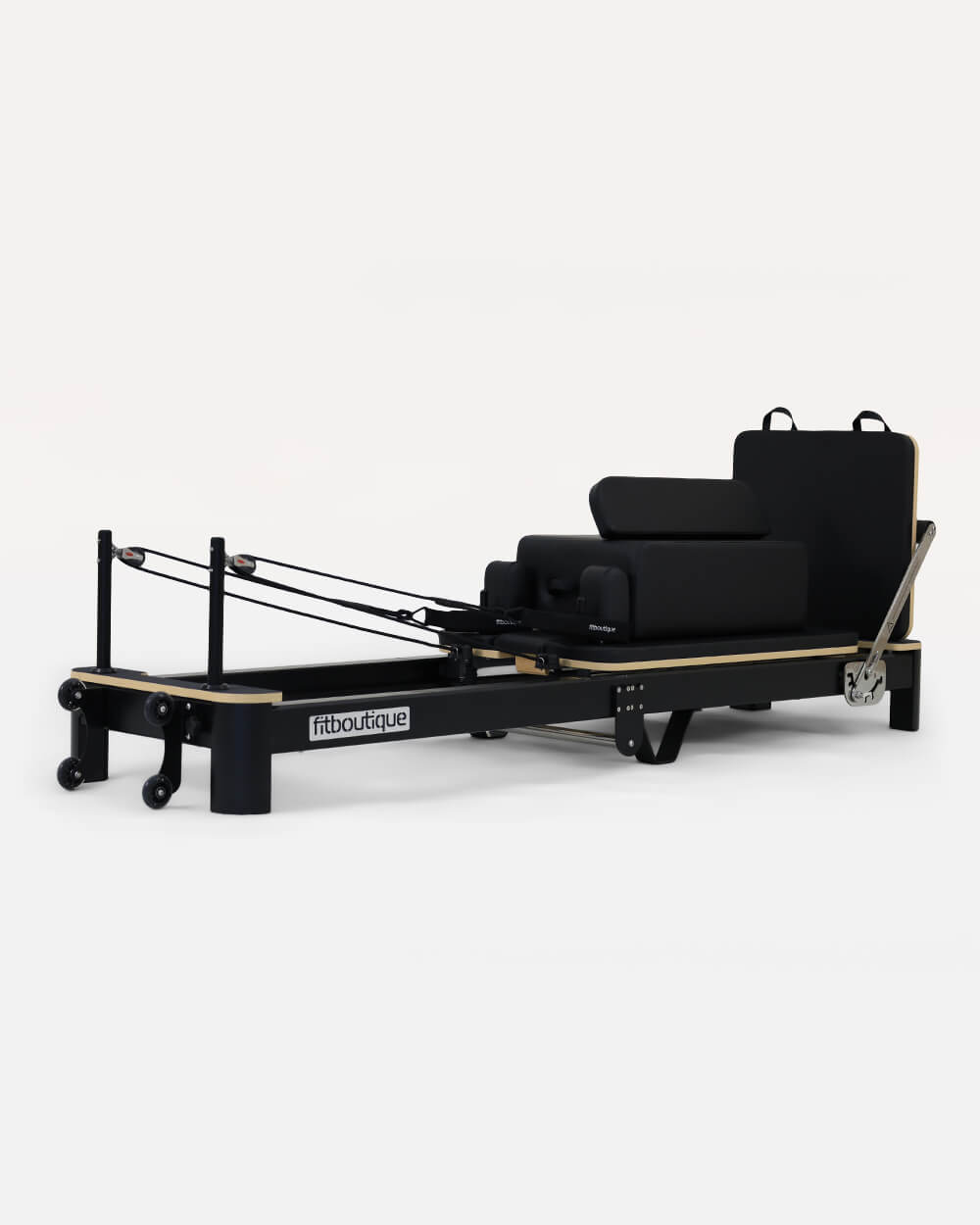
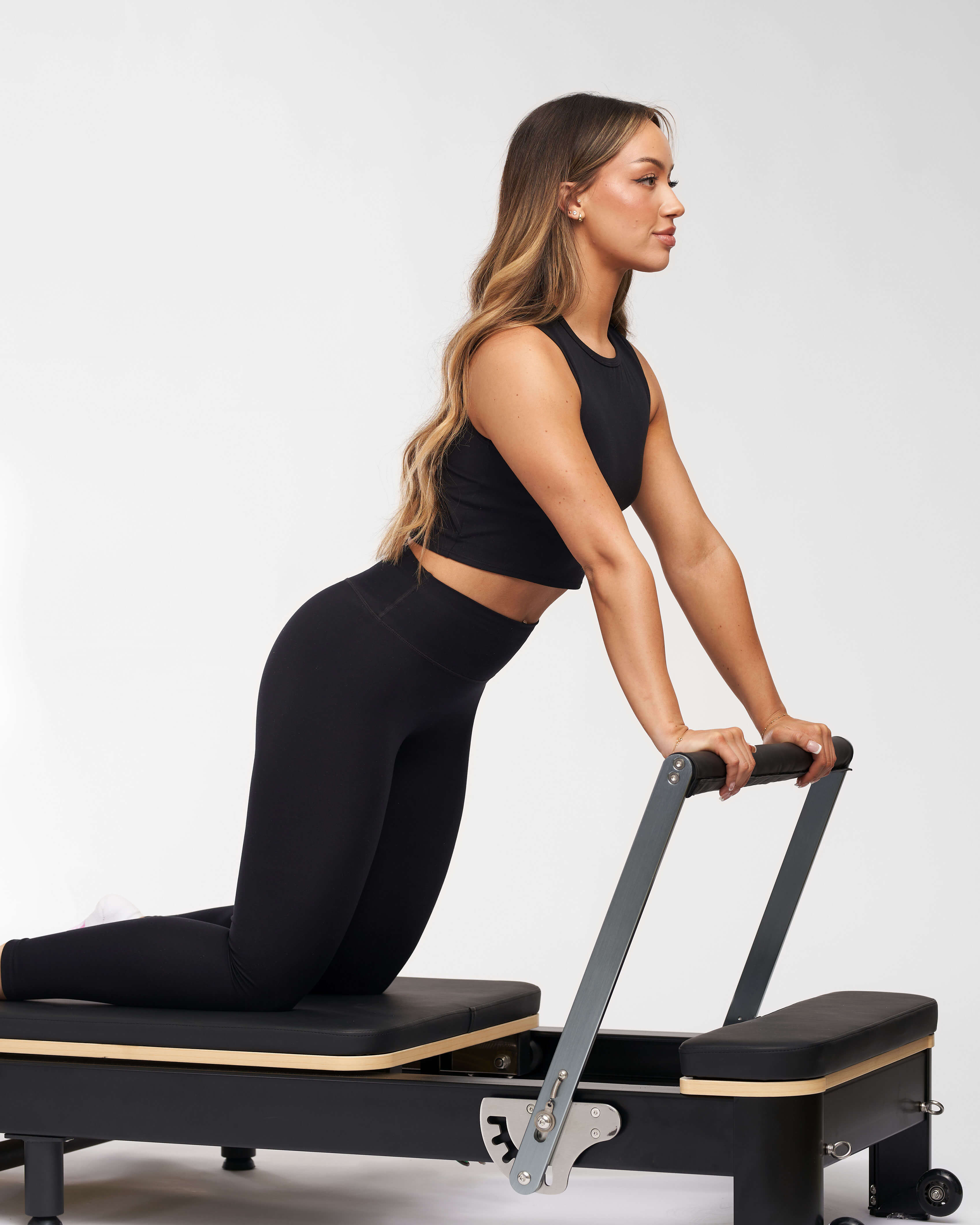
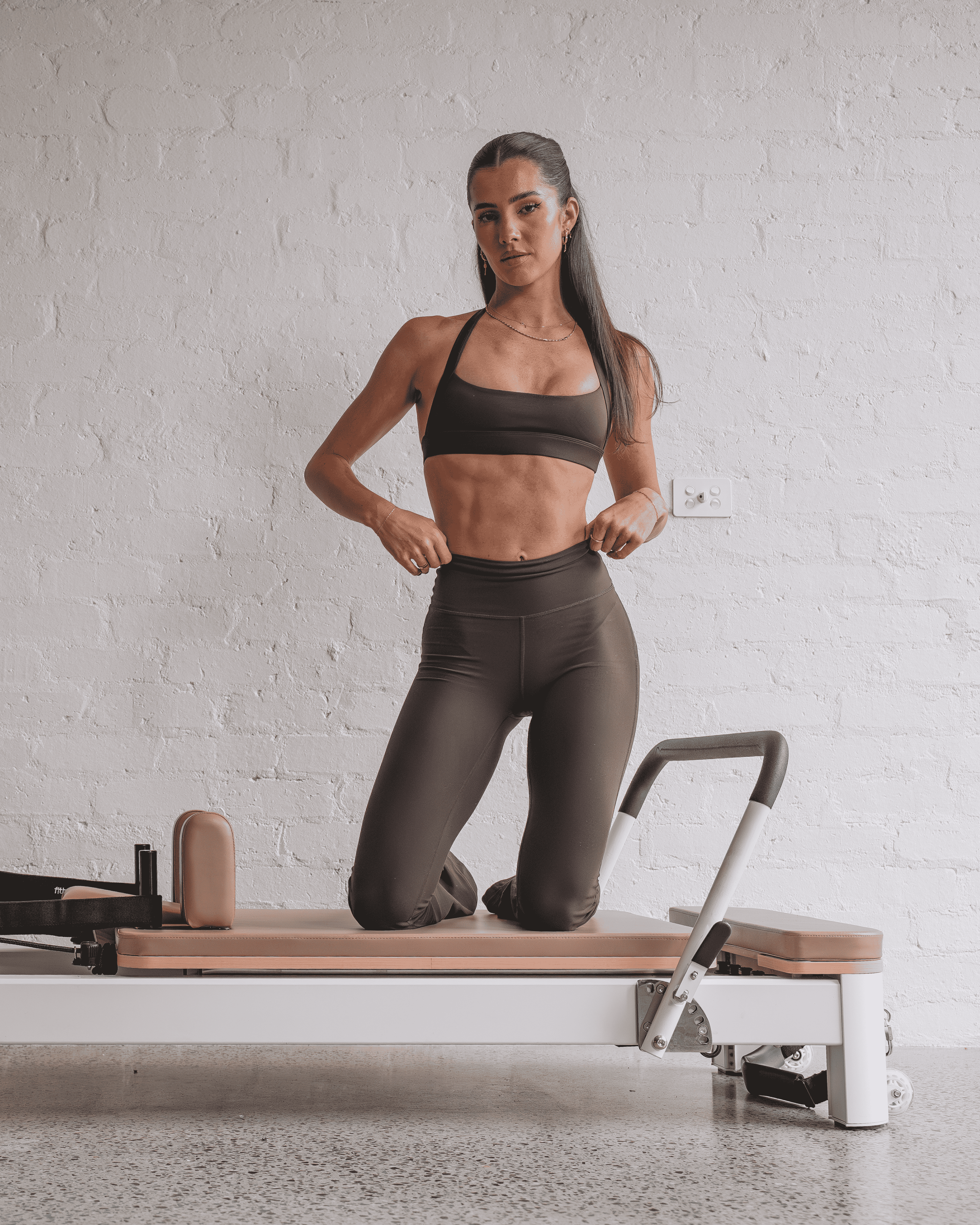
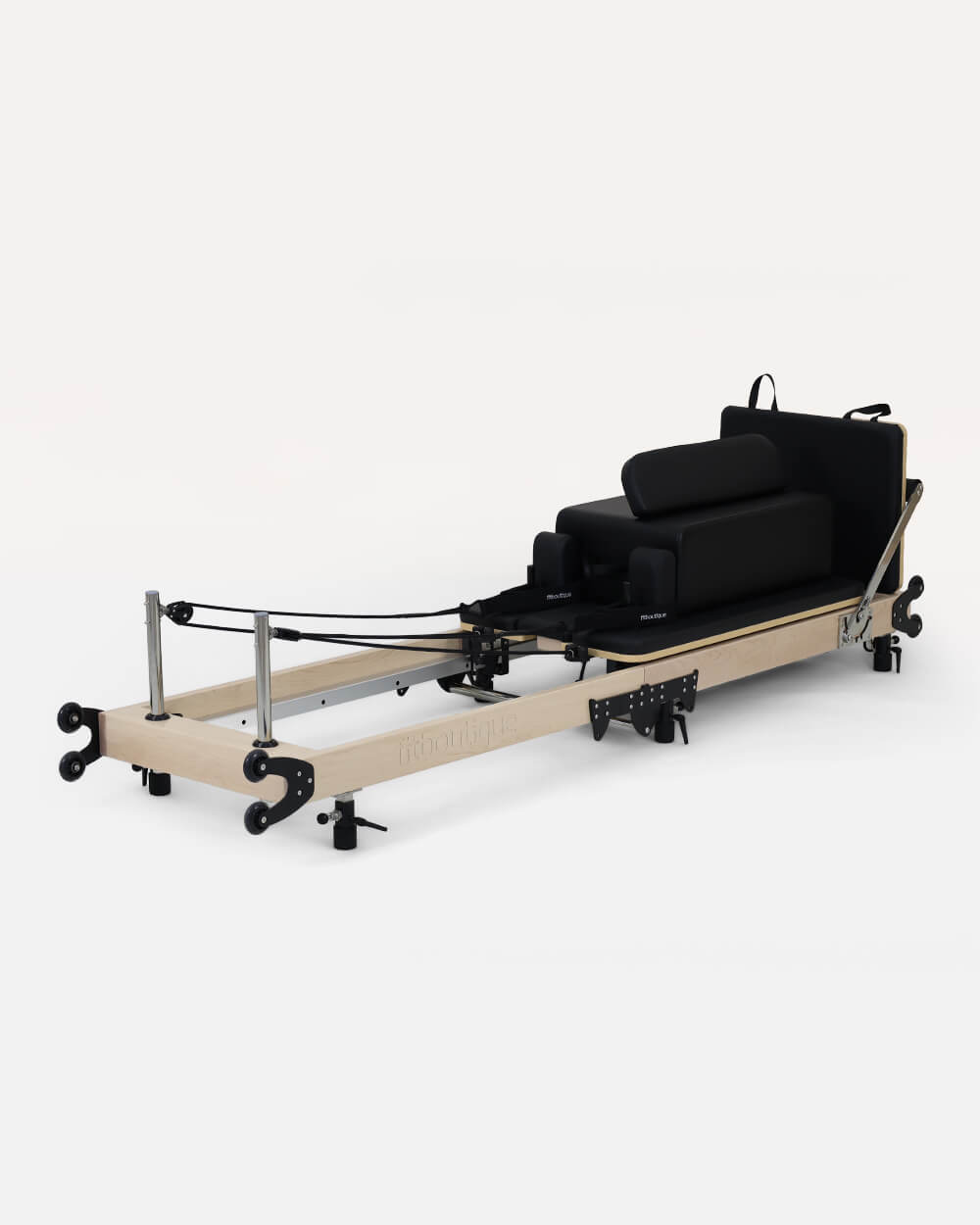

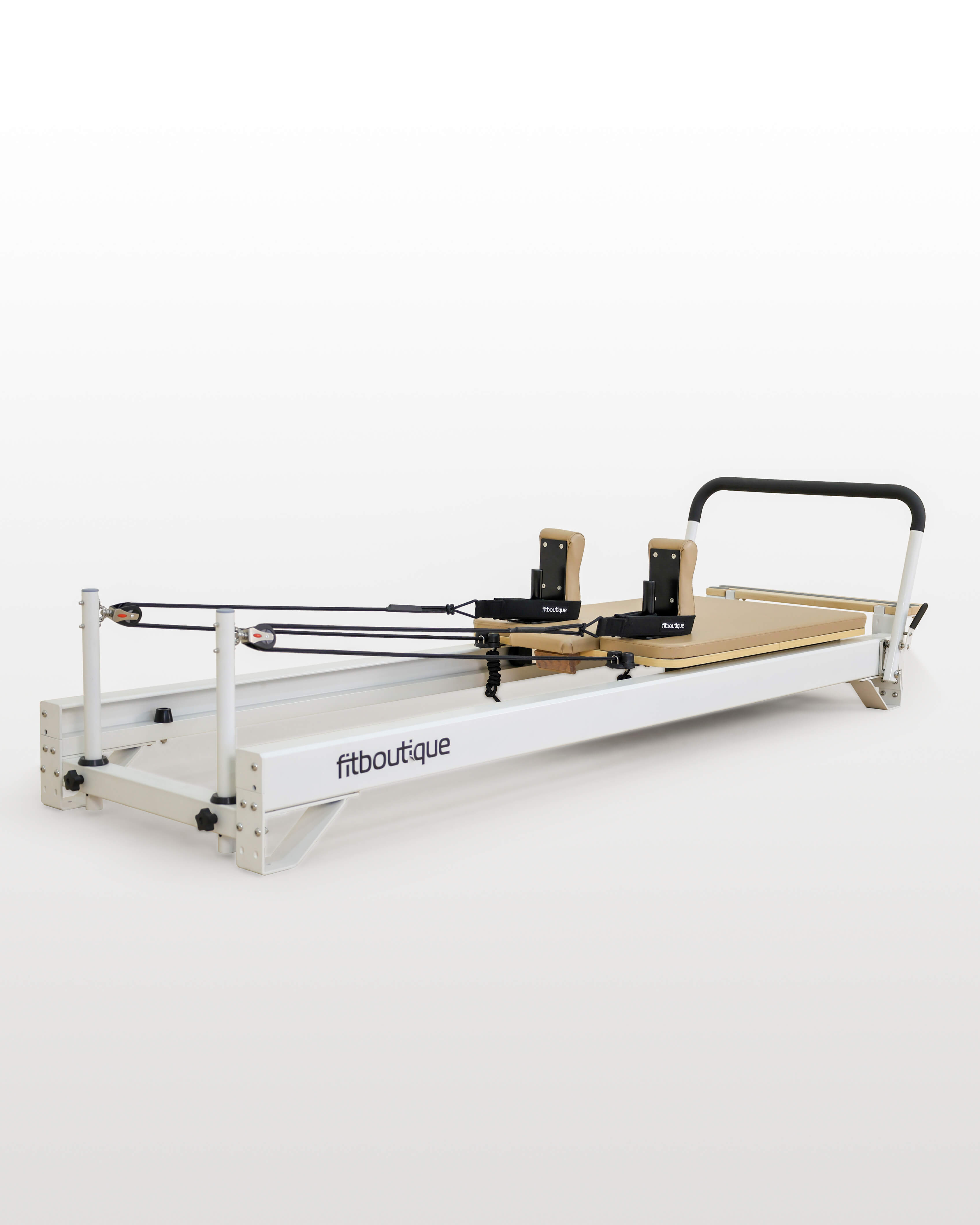
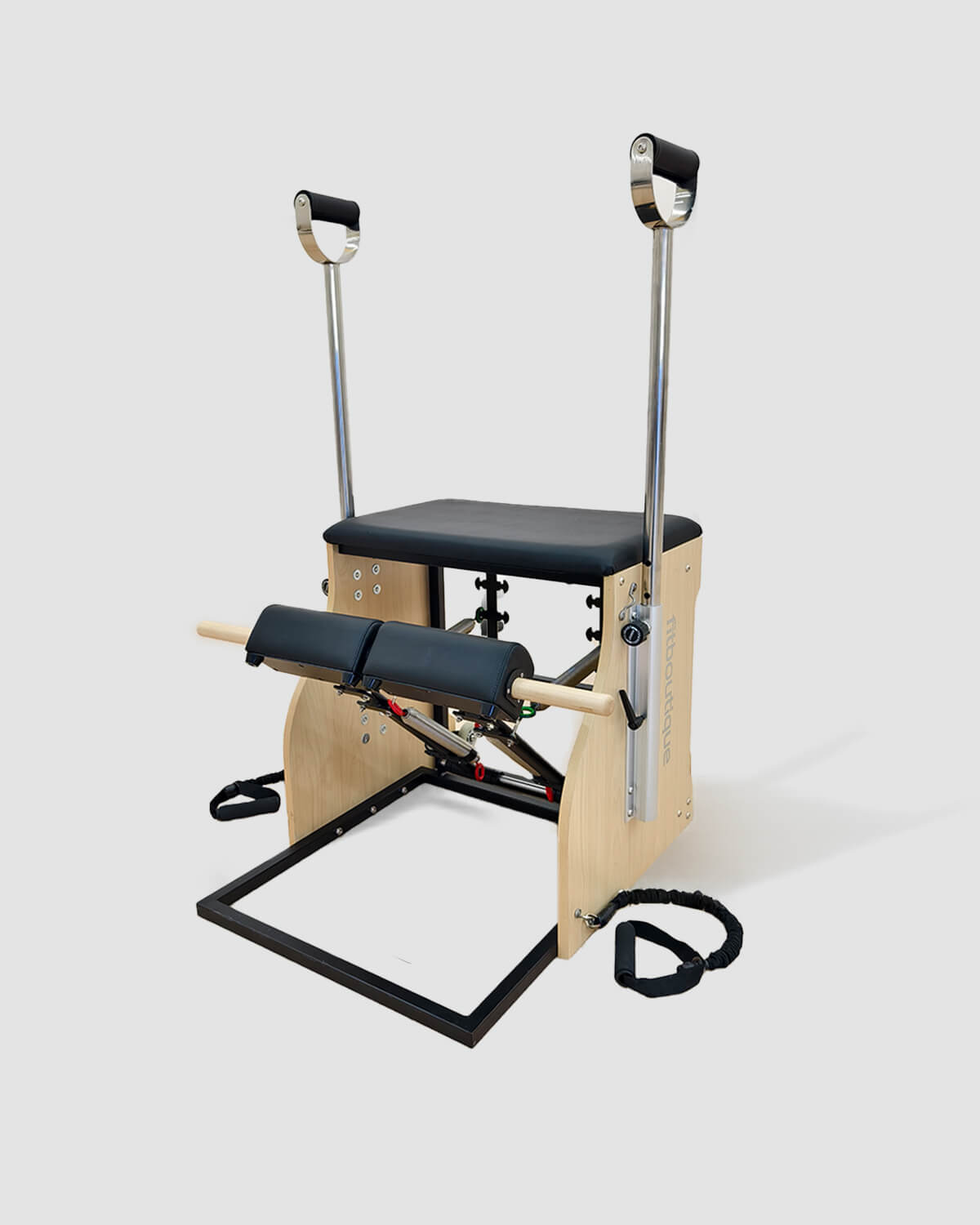
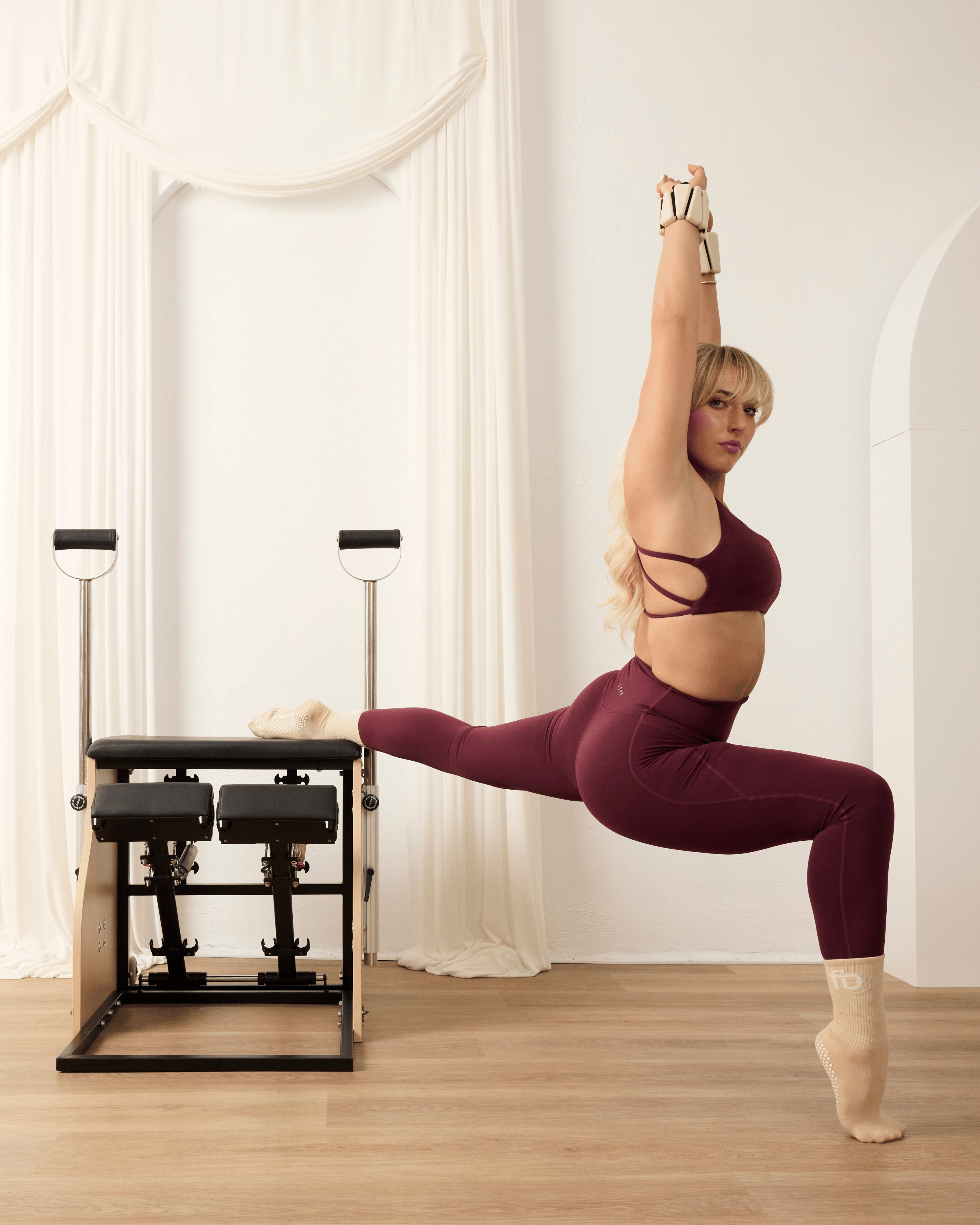
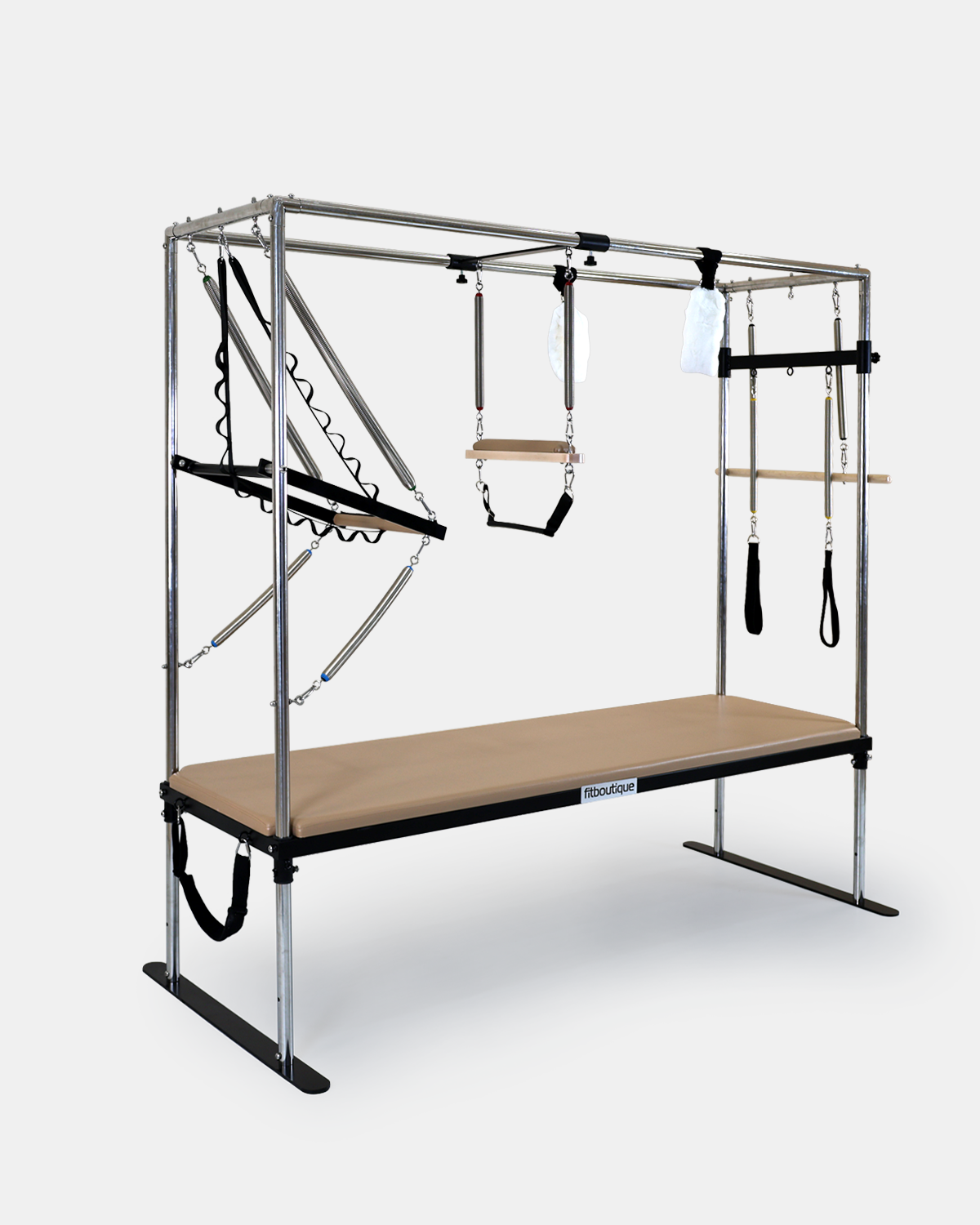
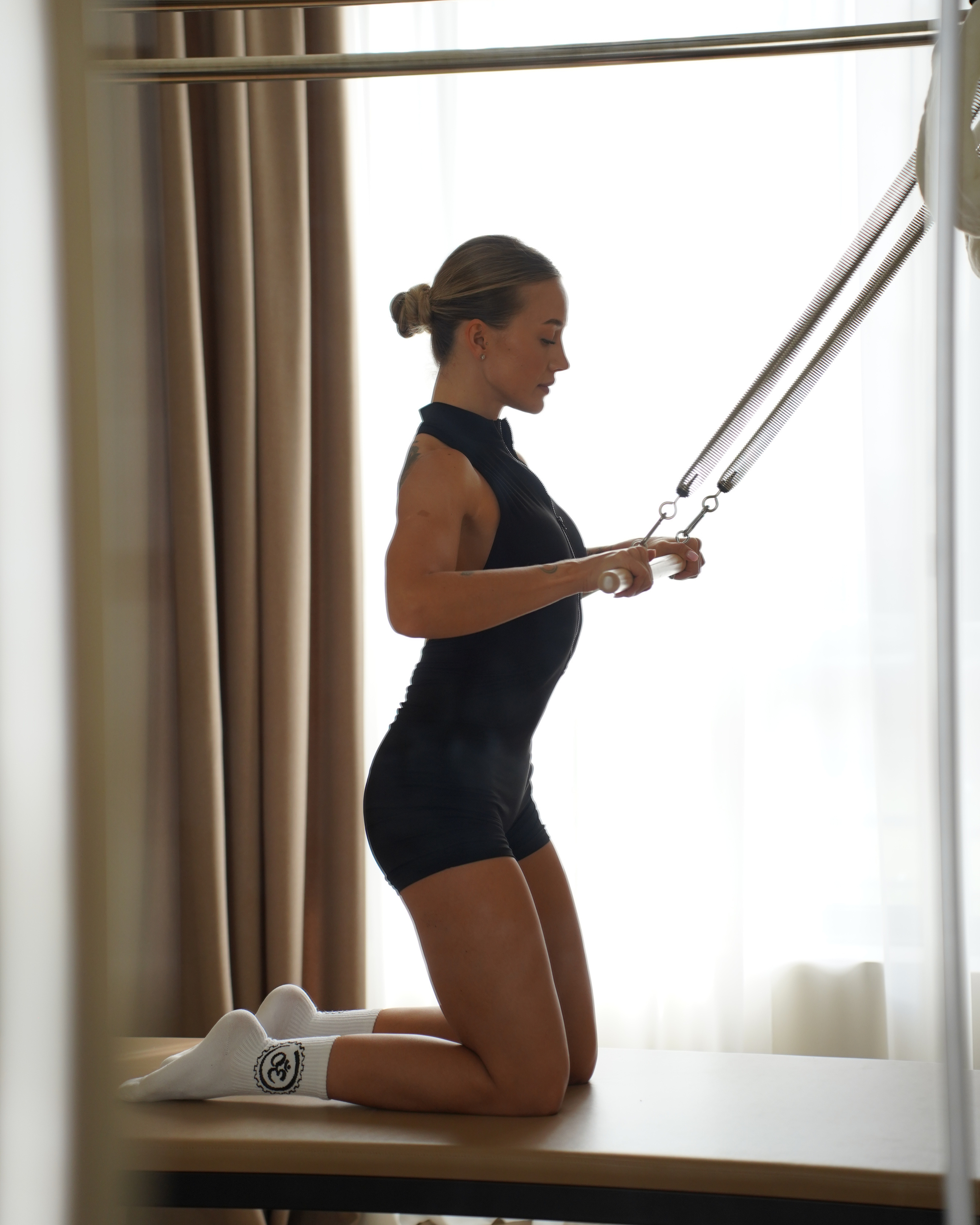
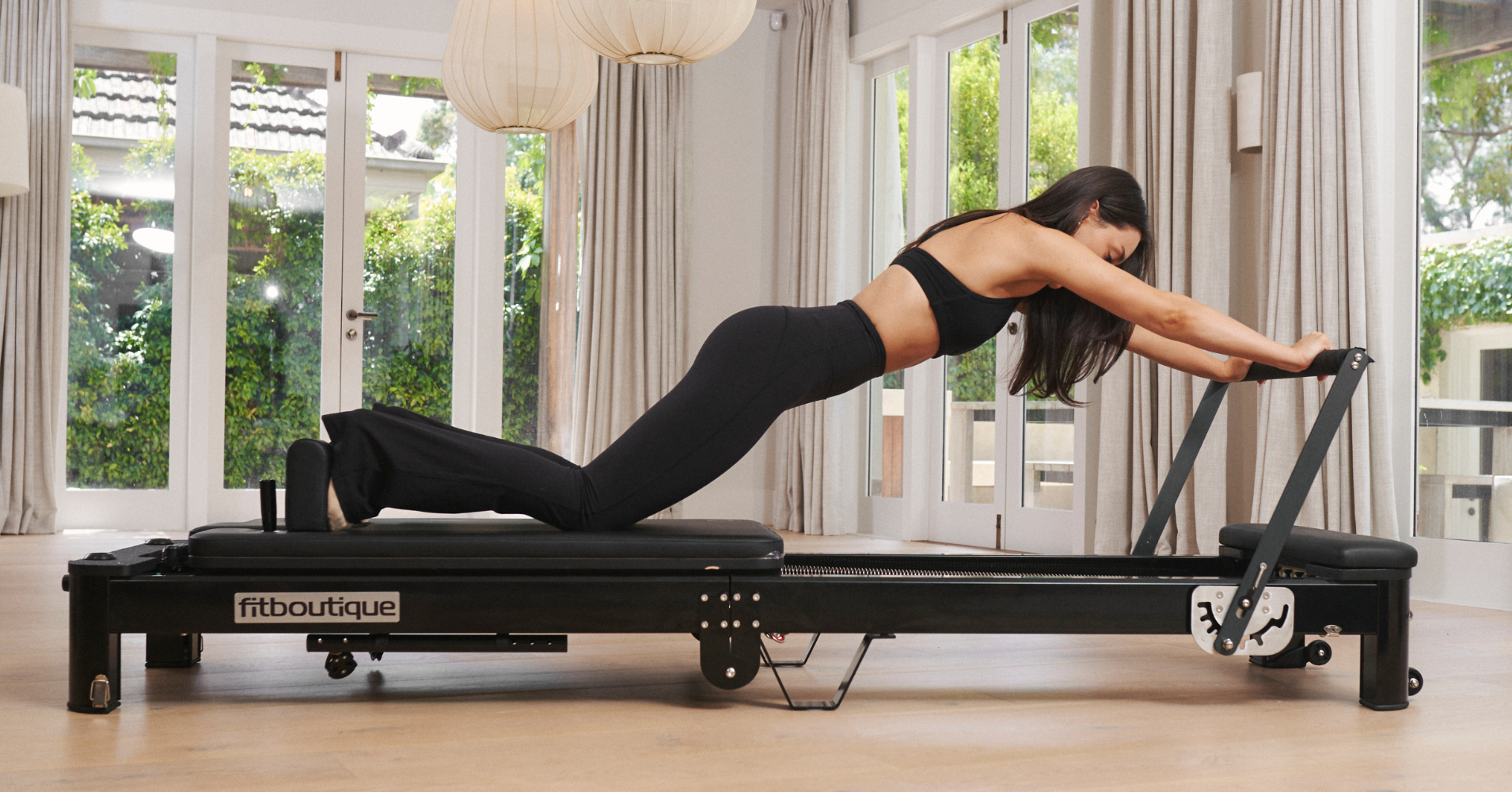
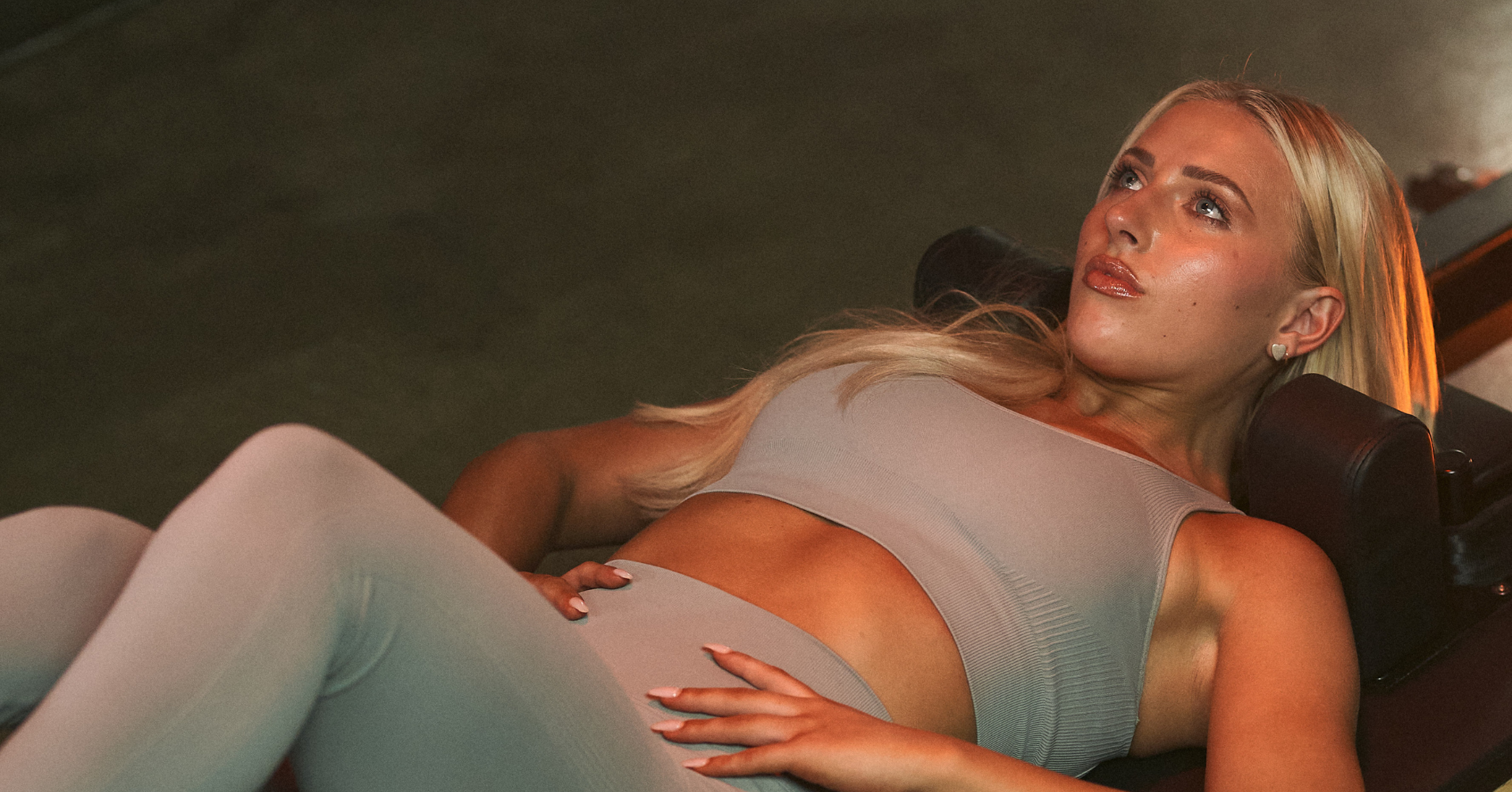
Leave a comment